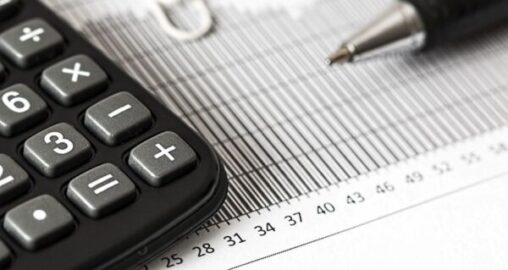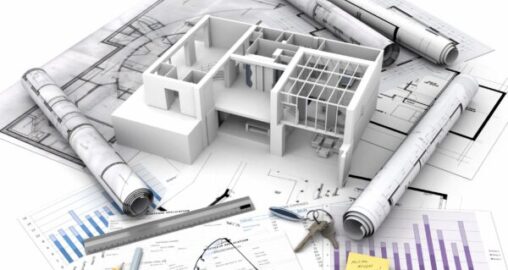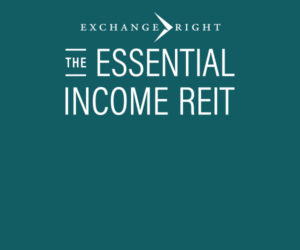Economist’s view: How Long Can This Go On?
November 21, 2016 | by Dr. Peter Linneman | Commercial Property Executive

We continue to monitor the U.S. economic cycle, using both a wide variety of economic statistics as well as what we’ll call qualitative “canaries.” Taken as a whole, these analyses suggest we are in the bottom of the sixth inning, with no recession expected until 2019. However, as in baseball, the remaining innings will not all be pure successes. There will be setbacks, but we expect that more good is ahead than bad.
Based on the capital markets, we are in the ninth inning. After all, how much better can it get than when money is practically given away for free (and in some countries, borrowers are paid to borrow)? So while the economy as measured by GDP and employment will continue to grow through 2018, the capital markets will start to tighten. This will further improve the economy by reducing capital market distortions.
Why do we believe a recession will occur in 2019? In the simplest terms, it is because prolonged growth breeds excess, and excess sows the seeds for a recession. Right now, the only identifiable excess (though it’s a whopper) is the bubble pricing of government debt. Oddly, though, this excess has reduced—not increased—economic growth.
By artificially setting interest rates on short-term government debt near zero, and distorting long-term interest rates through huge quantitative easing purchases, central banks around the world have made debt far too cheap for governments. This has squeezed out private investment while bestowing supposedly free money on the government to spend. As a result, capital has been diverted from relatively productive private investment into unproductive government transfer payments (which comprise 75 percent of federal spending).











